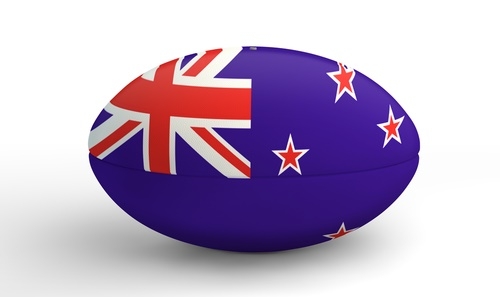
By Roger J Kerr

The expected pullback in the NZD/USD exchange rate to the 0.6500/0.6600 region, following the “too far, too fast” rise from 0.6300 to over 0.6800, encountered a moderate setback last Friday with the release of the monthly ANZ business confidence survey results.
The Kiwi dollar moved back up to 0.6780 and also completed strong gains against the AUD to 0.9500 on the cross-rate.
Unsurprisingly to readers of this column, sentiment in the business community has recovered strongly to positive territory after it fell away in July/August when local economic forecasters turned overly-pessimistic on negative media headlines concerning Greece, China and dairy prices. The Greek and Chinese risks never really materialised and dairy prices immediately recovered after being sold down too far. The over-reaction by all and sundry back then was always at odds with an underlining NZ economy that was humming along pretty well outside of the dairy industry. Business folk have belatedly recognised that the economic doomsayers who dominated the newswires at the time got this one wrong.
The business confidence survey results point to stronger economic growth above 3.00% next year. One would also have to anticipate that consumer confidence at the household level will also bounce back strongly over coming weeks in the lead up to Christmas with the nation receiving a massive psychological boost and “feel good” factor with the All Blacks stunning victory at the Rugby World Cup over the weekend.
New Zealand is not just outperforming the Aussies on the rugby field, the improvement in our major export commodity price in a period when metal and mining commodity prices stumble along at historical lows has seen the NZD/AUD cross rate lift from 0.9000 to 0.9500.
Despite the abundance of universal good news for New Zealand right now, it just feels far too early for the NZ dollar to be moving straight on up to above 0.7000 against the USD.
I would now see medium term support for the Kiwi dollar at the 0.6500 level.
Something would have to suddenly go very wrong for the NZ economy that we do not know about to cause further depreciation to below 0.6000. One such risk factor is the prospect of the El Nino weather patterns causing a major summer drought and much lower agricultural production. The drought would have to reach into the Waikato province in a serious manner to have a major overall negative economic impact. If GDP growth forecasts were slashed for 2016 due to the drought hitting the Waikato, interest rates would be cut further and the Kiwi dollar would push down to 0.6000. For the sake of the economy let us hope that this extreme weather scenario does not arrive.
Over coming weeks there are a several negative influences that should combine to cause the Kiwi dollar to pull back to the 0.6500/0.6600 area:-
- The Reserve Bank of Australia may be sitting on the fence in respect to further interest rate cuts; however the market and economists are convinced that their OCR will be reduced again tomorrow on Melbourne Cup day. The AUD/USD FX market will have priced in most of this outcome, however further AUD weakness on an interest rate cut would pull the NZD down with it.
- Current wholemilk powder dairy futures prices indicate marginally lower prices again at this week’s GDT auction. The rapid price gains over recent times need to be consolidated and we are now seeing this occur.
- The RBNZ are in “wait and watch” mode on the economic data and the four prices they closely monitor i.e. the exchange rate, dairy prices, house prices and the inflation rate. As Governor Wheeler stated last week, excessive exchange rate appreciation at this time would reduce the likelihood of the annual inflation rate increasing to the desired 2.00% mid-point. If the Kiwi dollar appreciated to over 0.7000 they would need to cut interest rates again and the market is betting that this will happen at the 10 December Monetary Policy Statement. However, both dairy and house prices are already well above RBNZ forecasts, so the interest rate equation and decision is not as straight forward as the majority expect.
Exporters in USD’s who were hesitant at entering long-term currency hedging at 0.6300 a few weeks back, need to now adjust their entry points to 0.6500/0.6600.
To subscribe to our daily Currency Rate Sheet email, enter your email address here.
Daily exchange rates
Select chart tabs
Roger J Kerr is a partner at PwC. He specialises in fixed interest securities and is a commentator on economics and markets. More commentary and useful information on fixed interest investing can be found at rogeradvice.com

We welcome your comments below. If you are not already registered, please register to comment
Remember we welcome robust, respectful and insightful debate. We don't welcome abusive or defamatory comments and will de-register those repeatedly making such comments. Our current comment policy is here.